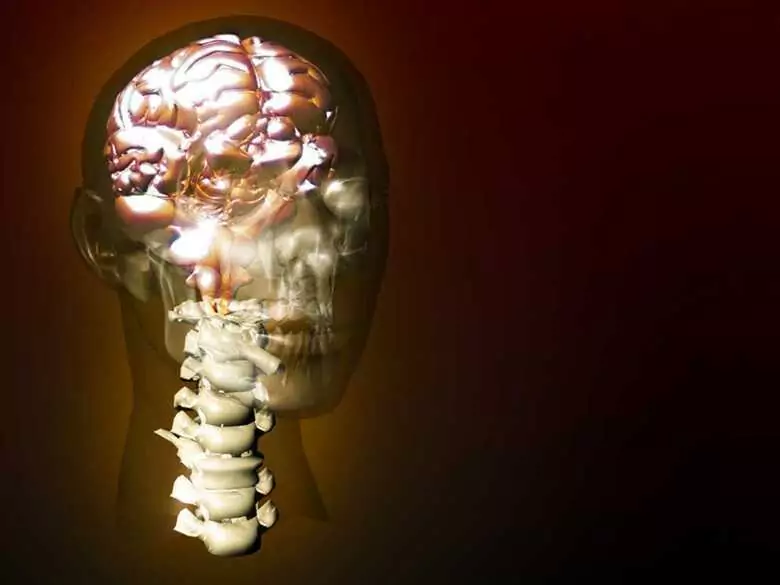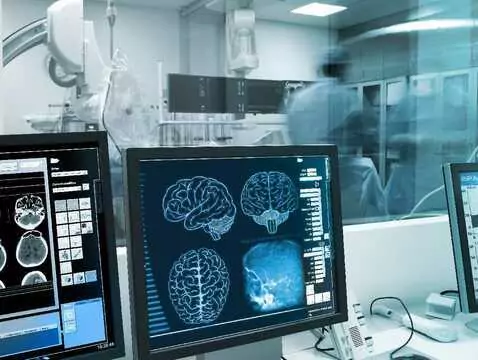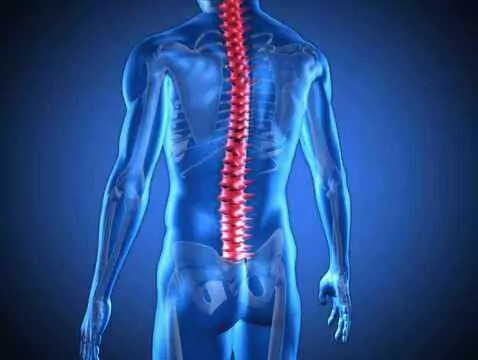The article discusses the problem of speech fluency, which is stuttering. The author indicates the most common causes of stuttering and the elements of differential diagnosis, which should be carried out in a patient presenting with this problem to a doctor.
The physiological reactions accompanying speech fluency are most often brought to the attention of doctors. These reactions are most often located in the respiratory system. They are accompanied by co-motions in different parts of the body.
Typical respiratory, articulatory and phonatory disorders include:
- dominance of nasal breathing when speaking
- domination of the thoracic segment over the abdominal segment
- asymmetric breathing, when one side of the diaphragm works at a different rate than the other
- increased number of breaths per minute
- shortening of the expiratory phase by the next inspiration
- lack of coordination between respiratory and chest movements
- tightening of the vocal cords
- rapid upward and downward movement of the larynx and the entire larynx in a forward direction
- increased vocal response time
- dysphonia
- muscle contractions of the tongue, palate and lips, so-called clonus or tonus
Important neurovegetative symptoms accompanying stuttering are turning or protruding the head, frowning the forehead or raising the eyebrows, twitching of the cheek, nostrils, lips, tongue, chin, tensing of the neck muscles, unnecessary movements of the torso, swaying, stomping. These reactions have nothing to do with tics, as the dominant symptom should be kept in mind when making the diagnosis.
Stammering is an intrinsic disorder of speech fluency, along with disordered speech and developmental speech impediment. In addition, there are non-self-contained disorders such as aphasia, dysarthria and speech disorders in the course of epilepsy or schizophrenia. The primary symptoms of dysfunctional stuttering (in aphasia) are perseverations and pauses. The primary symptom in disarticulatory stuttering is prolongation and repetition of sounds and disorders of speaking rate. In mental illness, the basic feature is increased speech, neologisms, perseverations, echolalia.

photo pantherstock
During diagnosis, a full neurological diagnosis should be made, and a speech therapist, psychologist, ENT specialist and pulmonologist should be consulted. In the course of the differentiation, any non-self-associated speech fluency disorder should be excluded.









